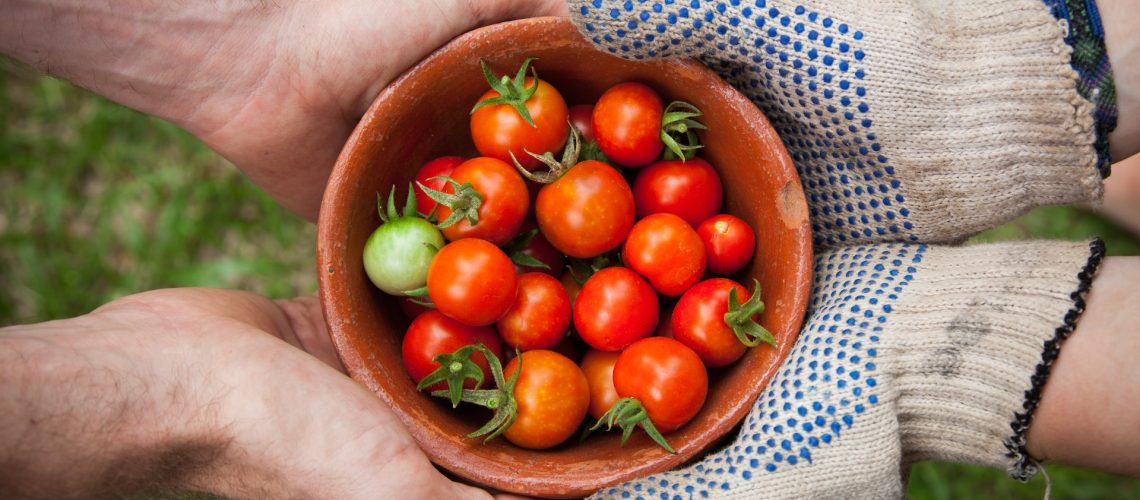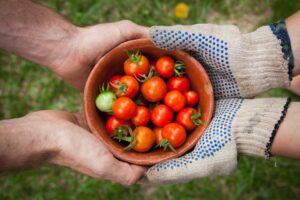One of the primary hurdles in youth work and social impact initiatives is the formidable task of connecting with the most vulnerable groups, often coinciding with those that are the most difficult to engage. These challenges encompass geographical, cultural, emotional, and technological barriers, all of which hinder the provision of essential assistance for the multifaceted issues faced by specific communities. Rooted in the principles of participatory research, our “Netfork for Impact” project swiftly grasped the concept that food serves as a dynamic and efficacious tool, capable of initiating conversations, instilling encouragement, and mobilizing a diverse array of audiences— even those typically resistant to opening up for dialogue or support. Furthermore, food’s potential extends to facilitating the communication of complex ideas, as its universal familiarity enables transfer of knowledge and point.
To explain a little more, below we will introduce a few examples that support these claims – more of these available in the report about food-related facilitation methods.
Conceived by Karol Madaj, the Polish board game “Regulation: The Coupons Game” serves as an educational tool for young individuals, offering insights into history while taking a look at the communist-era rationing system. Engaging up to five players, the game assigns tasks like preparing a meal, arranging a home birthday celebration, or tending to household chores. In line with the historical regulations, players receive rationing coupons for assorted goods and must astutely barter these coupons to procure essential items before depletion. This compelling example vividly illustrates how interactions centered around food establish a tangible connection to historical realities, enabling young people to forge links between past generations and their perspectives. In various scenarios, the game simplifies intricate subjects through the lens of food, offering a comprehensible entry point.

As previously discussed, food proves to be a potent instrument for fostering meaningful and thought-provoking dialogues. A case in point is the StreetSauce initiative, known as the HotKarot & OpenSauce project, which delves into the realm of edible storytelling to promote inclusive interactions between individuals and food. Commencing in 2014 through a partnership with the NGO Homelike, dedicated to supporting homeless women, this endeavor saw nine Homelike clients engaging in culinary activities within their bistro, crafting HotKarot accompanied by OpenSauces infused with their personal life narratives. The act of ordering a StreetSauce snack offers bistro visitors a distinctive opportunity to not only savor a culinary creation but also to intimately connect with the chefs and, in a metaphorical sense, sample the diverse facets of a homeless life. Additionally, those inclined to reciprocate the sharing of stories can seamlessly do so by concocting their own customized sauce on the spot. This methodology stands as a remarkable illustration of empowerment within vulnerable communities while concurrently fostering a bridge of understanding and empathy among a wider audience. Much like the Homeless veggie dinners in Berlin, these initiatives carve out space for active listening and compassionate engagement with the homeless population.

In addition to forging links across generations and diverse groups, food holds the potential to serve as a valuable investigative tool, aiding in the exploration of the genuine needs and circumstances of less openly expressive demographics. A notable illustration of this concept emerges from Clare Pettinger’s et al. (2019) study, titled “Participatory food events as collaborative public engagement opportunities”. Within this paper, the authors present insights into how inventive approaches centered around food can enhance engagement within specific target demographics, as exemplified by their examination of homeless individuals residing in a residential homeless center. Their preliminary findings underscore the profound influence of food, acting as a dynamic catalyst for social integration and the potential empowerment of marginalized individuals. Through this lens, food emerges as a conduit for indirectly grasping the intricacies of their lived experiences.
In wrapping up, this exploration highlights how food’s remarkable potential to create bridges and ignite discussions proves invaluable in the realm of youth work and social impact. By sidestepping obstacles and evoking shared experiences, food emerges as a versatile tool, fostering connections and empowerment within diverse communities. Whether it’s through imaginative games or relatable stories, food effortlessly breaches barriers and stirs meaningful interactions, exemplifying its power to drive positive change and social cohesion. As revealed by research, this unassuming yet universal medium offers a window into the lives of marginalized individuals, underscoring its capacity to facilitate understanding and inclusivity.
– – – – – – – – –
Photo by Elaine Casap on Unsplash








